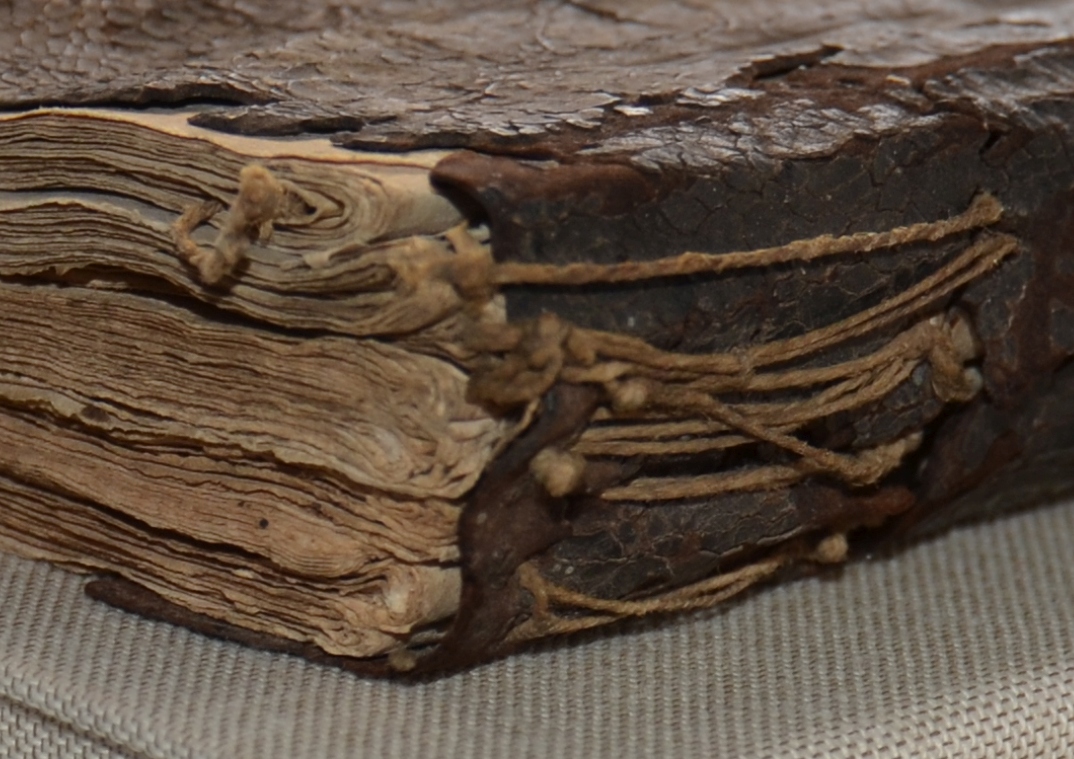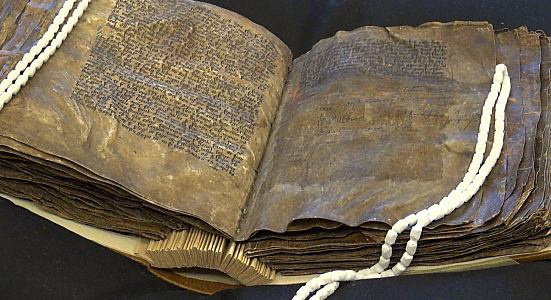The Bible, also known as the Ethiopian Orthodox Tewahedo Church Canon, holds a unique place in the history of biblical manuscripts. It is considered one of the oldest and most complete bibles on Earth. The Ethiopian Bible contains several books that are not found in the traditional Western Christian canon, making it distinctive and significant.
What sets the Ethiopian Bible apart is its ancient origin and the material on which it was written. Many of its manuscripts were inscribed on goat skin or vellum, a type of parchment made from animal skins. This method of preservation has contributed to the durability and longevity of these ancient texts.

The Ethiopian Bible includes the books of the Old Testament, the New Testament, and additional writings such as the Book of Enoch and the Book of Jubilees. These extra-canonical texts provide valuable insights into Ethiopian religious and cultural traditions.
The Ethiopian Orthodox Tewahedo Church considers the Ethiopian Bible to be an essential part of its religious and spiritual life. It is highly revered and carefully preserved. The process of copying and transmitting these manuscripts has been a meticulous task carried out by scribes over centuries, ensuring the preservation of the text’s integrity.

Ethiopian monasteries and libraries house a vast collection of these ancient manuscripts. The Debre Lebanos Monastery is one of the most famous repositories in the world. These manuscripts serve as a testament to the rich literary and religious heritage of Ethiopia.
In recent years, efforts have been made to digitize and preserve these valuable manuscripts, allowing broader access to researchers, scholars, and the public. This digitization effort helps safeguard the Ethiopian Bible’s content and ensures its continued study and appreciation.

The Ethiopian Bible’s rich history and its unique place in the realm of biblical manuscripts make it a subject of fascination and importance for scholars, theologians, and those interested in ancient texts. Its preservation on goat skin and the insights it offers into Ethiopian religious and cultural traditions make it a remarkable treasure of human civilization.